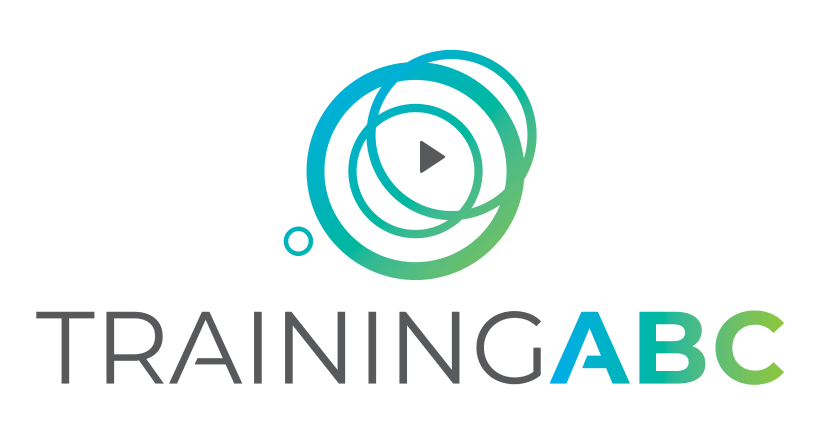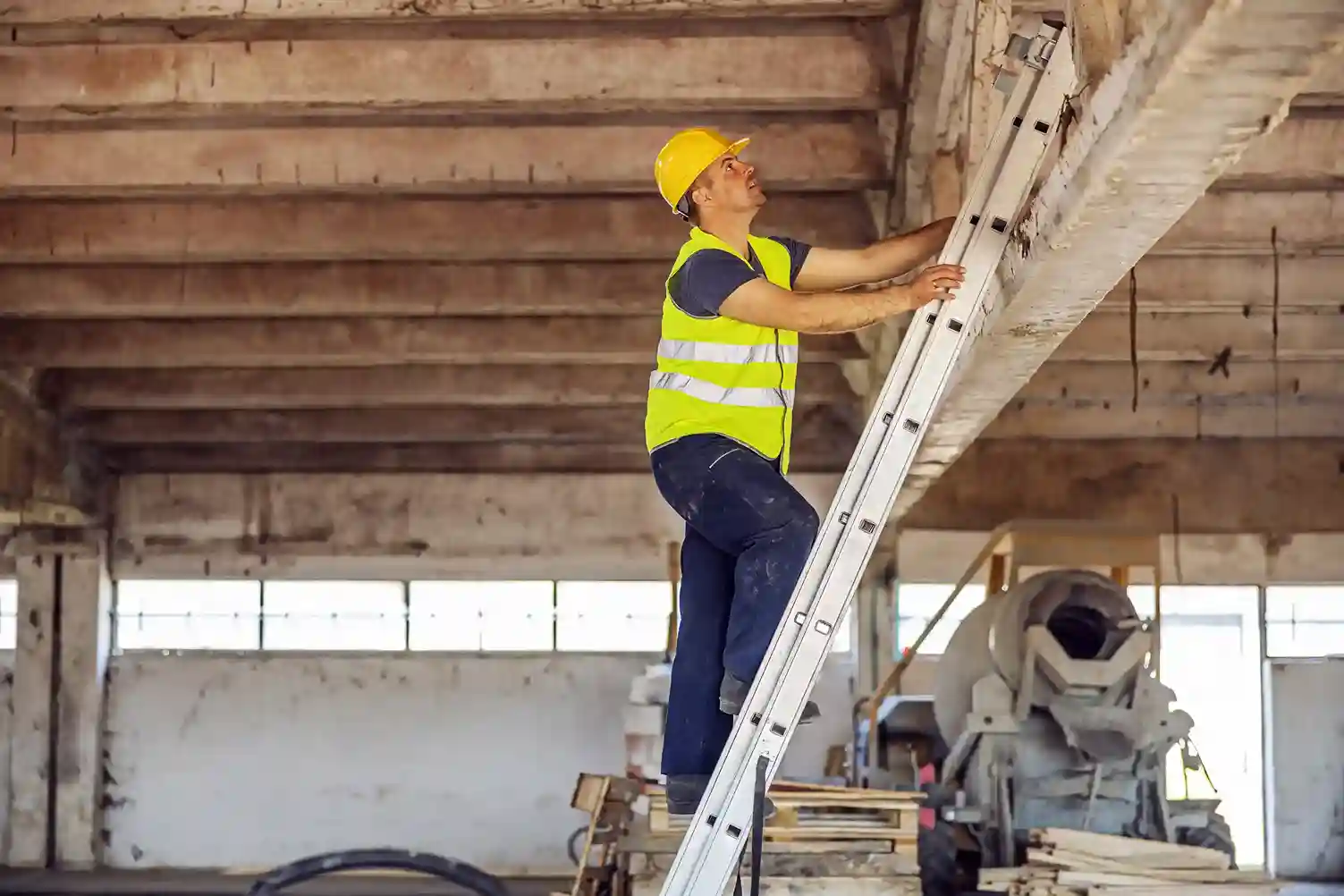Safety Orientation Made Simple: Commercial & Industrial Facilities
Price range: $195.00 through $499.00
Employers are required to provide conditions for workers that are free from known dangers. Safety orientation training provides workers with the skills that help them avoid workplace accidents and injuries.
Topics Covered in this Program:
-
- How to prevent bloodborne pathogen exposure
-
- Slips, trips and falls
-
- Hazardous materials
-
- Workplace hazards
-
- Emergency preparedness
-
- Fire safety
-
- Personal protective equipment (PPE)
-
- Bloodborne pathogens
-
- Ergonomics
-
- Lockout tagout
-
- Electrical safety
-
- First aid
-
- Worker’s rights
-
- Accident reporting and contact information
Employers are required to provide conditions for workers that are free from known dangers. Safety orientation training provides workers with the skills that help them avoid workplace accidents and injuries.
Topics Covered in this Program:
-
- How to prevent bloodborne pathogen exposure
-
- Slips, trips and falls
-
- Hazardous materials
-
- Workplace hazards
-
- Emergency preparedness
-
- Fire safety
-
- Personal protective equipment (PPE)
-
- Bloodborne pathogens
-
- Ergonomics
-
- Lockout tagout
-
- Electrical safety
-
- First aid
-
- Worker’s rights
-
- Accident reporting and contact information





